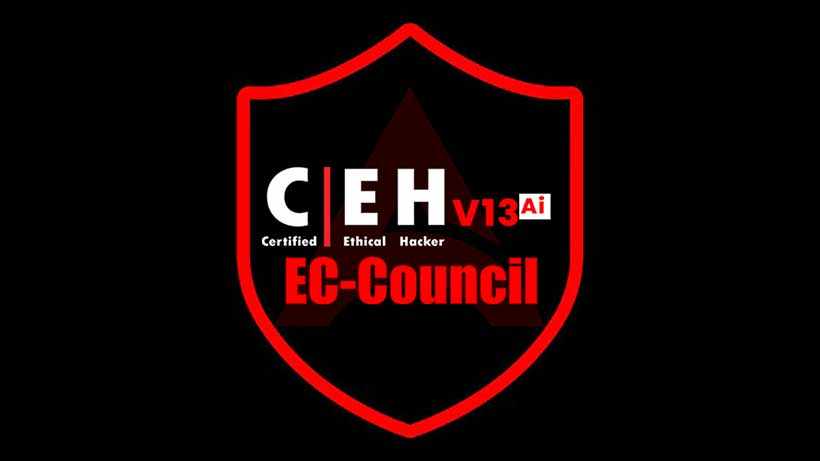
Introduction
Software development is a rapidly evolving field that demands a strong combination of theoretical knowledge and practical skills. While learning the fundamentals through books and lectures is essential, hands-on training is what truly prepares individuals for real-world challenges. WebAsha Technologies, a leading institute in IT training, recognizes the importance of practical learning and ensures that students gain extensive hands-on experience.
Bridging the Gap Between Theory and Practice
Traditional learning methods focus heavily on theoretical knowledge, covering programming concepts, algorithms, and system design. However, without practical application, learners may struggle to implement these concepts effectively. Hands-on training allows students to apply what they learn in real-world scenarios, reinforcing their understanding and preparing them for actual software development tasks.
How WebAsha Technologies Helps
Incorporates project-based learning, coding exercises, and real-world simulations.
Encourages students to actively participate in their education.
Enhancing Problem-Solving Skills
Software development is fundamentally about solving problems. Developers must analyze complex issues, design efficient solutions, and debug errors. Hands-on training fosters problem-solving skills by exposing students to real-world coding challenges, encouraging logical thinking, and enhancing analytical abilities.
Familiarity with Industry Tools and Technologies
The software development landscape is constantly evolving, with new tools, frameworks, and technologies emerging frequently. Hands-on training enables students to familiarize themselves with these industry-standard tools and gain practical experience in using them effectively.
Building Teamwork and Collaboration Skills
Modern software development is rarely a solo endeavor. Developers work in teams, collaborate on projects, and share responsibilities. Hands-on training in a collaborative environment helps students develop teamwork and communication skills, which are essential for professional success.
Gaining Exposure to Real-World Projects
One of the biggest advantages of hands-on training is the opportunity to work on real-world projects. Unlike theoretical exercises, real-world projects involve integrating multiple technologies, handling data management challenges, and troubleshooting unexpected issues.
How WebAsha Technologies Prepares Students
Internship opportunities with industry leaders
Live projects to simulate real-world work environments
Exposure to software development workflows and best practices
Boosting Confidence and Job Readiness
Employers seek candidates who can contribute from day one. While theoretical knowledge provides a foundation, hands-on training sets candidates apart during job interviews and on-the-job performance. WebAsha Technologies ensures students gain practical skills that make them job-ready.
Key Skills Acquired
Coding and debugging
Software testing
Application deployment
Working in real-world environments
Conclusion
Hands-on training is an indispensable part of software development education. It bridges the gap between theory and practice, enhances problem-solving skills, familiarizes students with industry tools, promotes teamwork, and prepares them for real-world projects. WebAsha Technologies plays a crucial role in providing practical training that equips students with the skills necessary for a successful career in software development.
By integrating hands-on training into its curriculum, WebAsha Technologies ensures that students not only understand theoretical concepts but also have the experience and confidence to apply them effectively. Whether aspiring to become software developers, data scientists, or IT professionals, hands-on training is the key to success in the competitive world of technology.




















Write a comment ...